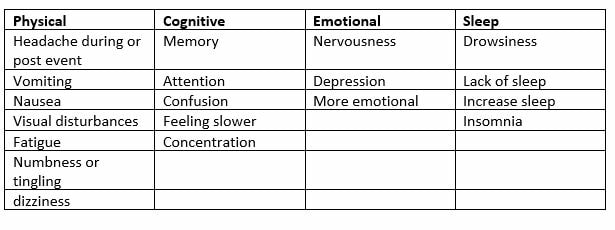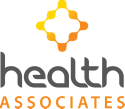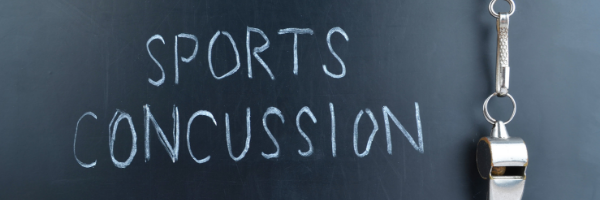 Concussion is a disturbance to normal brain function, rather than a structural injury to the brain. A mild/subtle concussion is when the person is seeing stars and a more obvious one will show function deficits. Biomechanical forces of concussion can be linear or rotational. A concussion can occur due to impact to another player, the playing surface or playing equipment (e.g. ball or goal posts). According to data in the US there is reports of 1.6-3.8 million sports related concussions and unreported rates are 6-10 times more than this figure. Rugby league + union show a prevalence of 3.9 rates per 1,000 player hours (horse racing has the most, between 17-95 rates per 1,000 player hours). NRL in the past 4-5 years in elite competitions reports that between 5-7 concussions will be seen per team per season. Signs and Symptoms that a concussion has occurred Obvious signs may include:
Indications during play:
Management of acute concussion:
Return to play:
Each stage should be a minimum of 24 hours duration, this means that a period of 7-8 days as minimum time for return to contact sport and this period is twice as long for young athletes (18 years and younger). If there is a return of symptoms at any stage, then the athlete should move back to the stage where they were not experiencing symptoms. http://sma.org.au/resources-advice/concussion/ https://playnrl.com/trainer/concussion/ Josh Hallinan - Chiropractor
Tue & Thur 8am - 6pm
0 Comments
Leave a Reply. |
Archives
June 2021
|
|
Contact Details
Call 9542 3330
99A Loftus Ave, Loftus NSW 2232 Hours Monday & Wednesday 8am - 6pm Saturday: 8am - 12pm Early morning or later evening available by appointment Our reception is available for walk-ins on Monday, Wednesday & Saturday. Or by telephone 7 days. |


 RSS Feed
RSS Feed